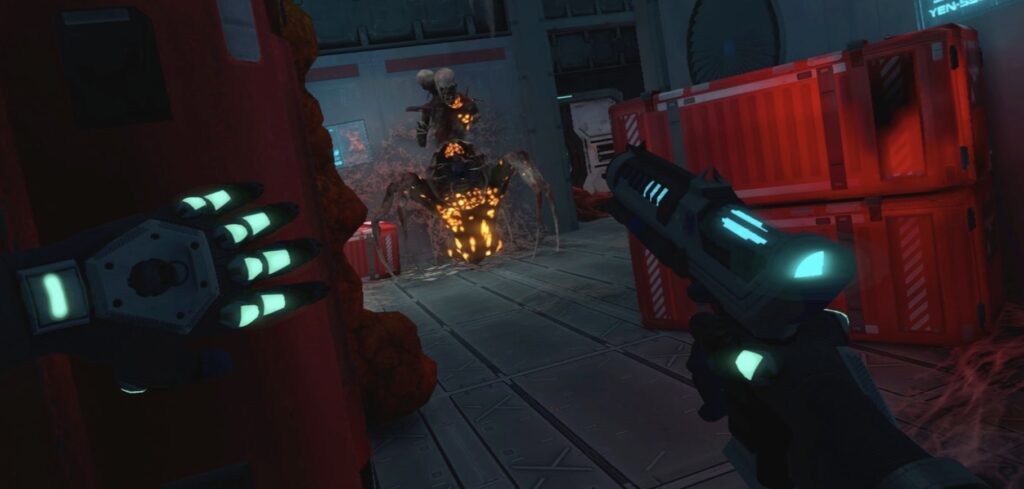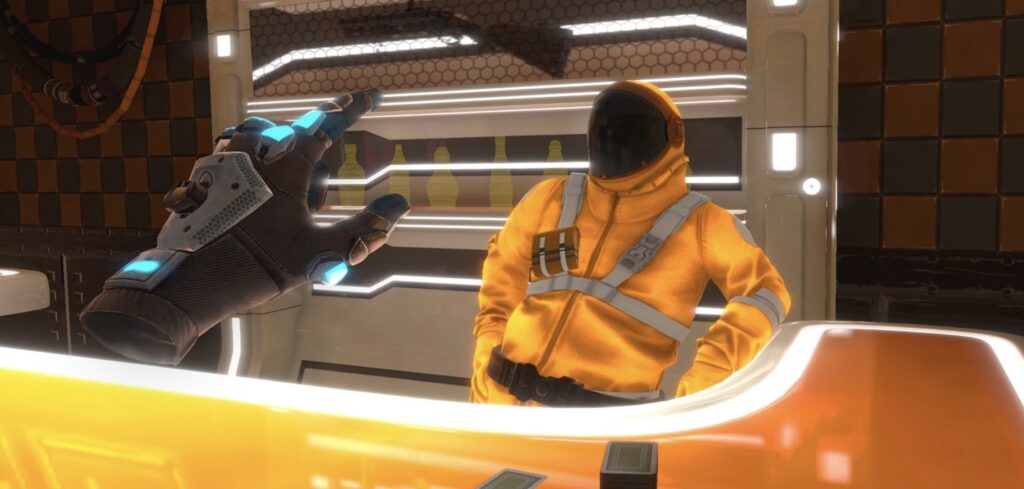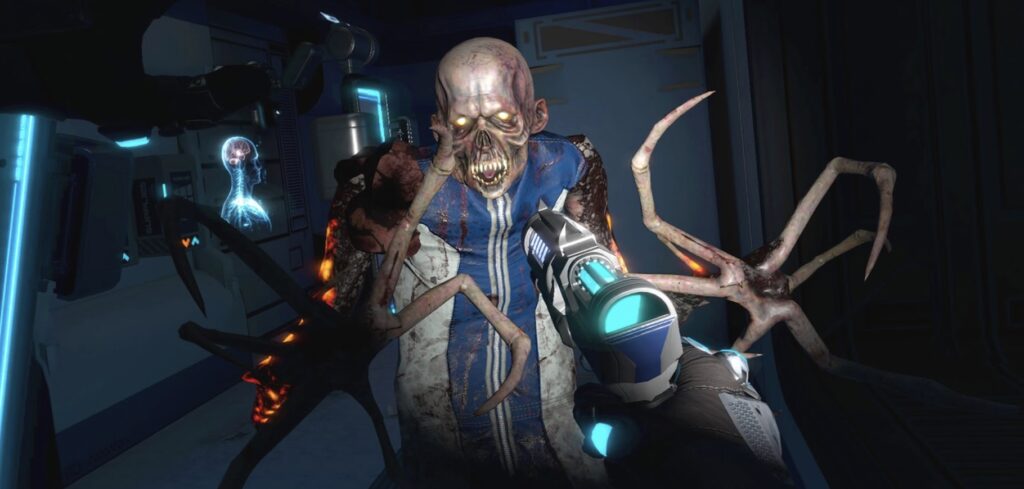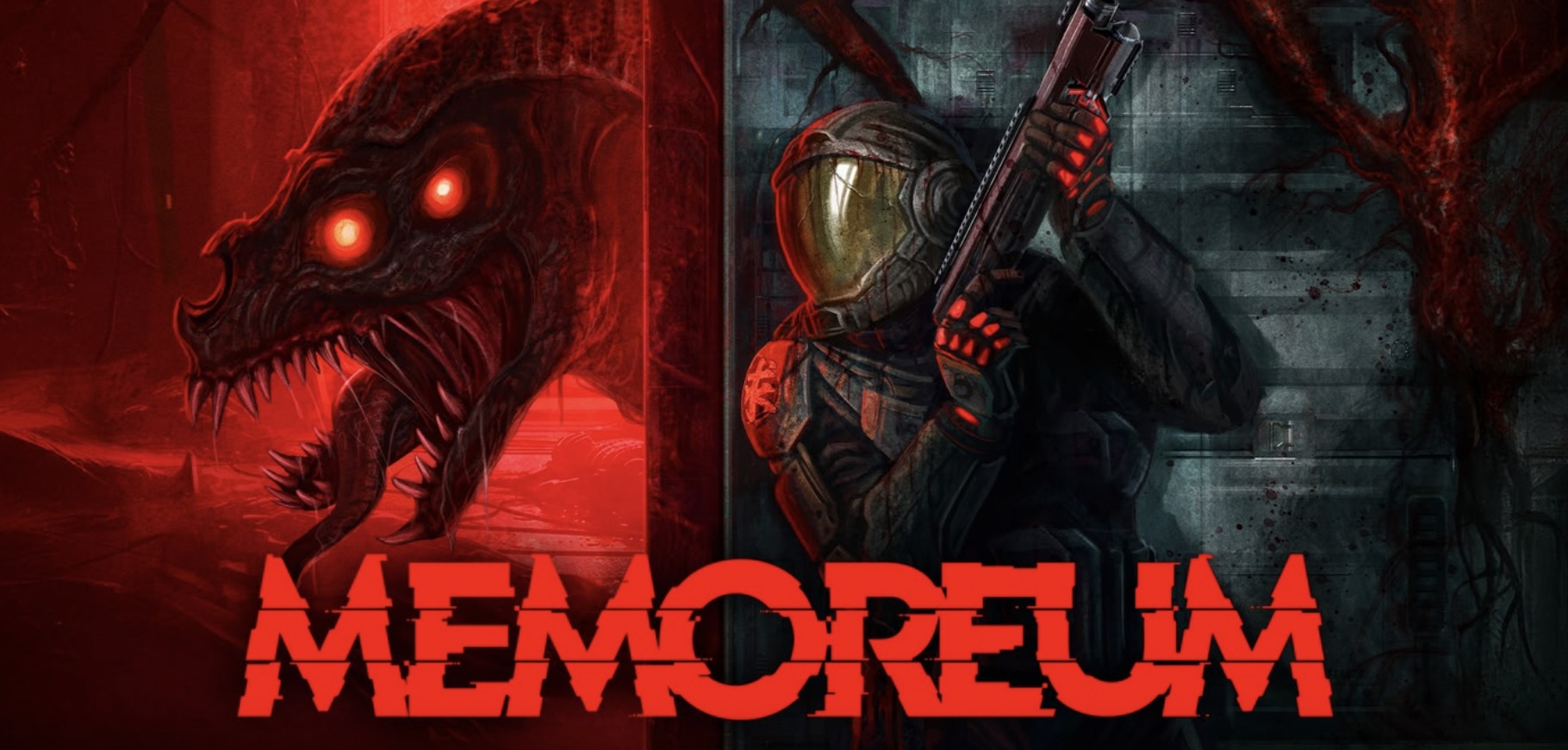Virtual reality transforms horror from passive viewing into visceral, inescapable immersion-a shift MEMOREUM weaponizes through Meta Quest’s evolving capabilities. Unlike traditional media, VR traps you in environments where threats occupy physical space, exploiting the medium’s unique psychological leverage. This sci-fi horror experience arrives as Meta’s platform matures, evidenced by tools like the Quest Runtime Optimizer ensuring seamless performance and Niantic’s Spatial SDK enabling advanced environmental interaction.

Redefining Terror in Virtual Reality
While diverse VR content flourishes-from Xtadium’s sports highlights to Horizon Worlds’ social spaces-MEMOREUM represents horror’s next evolution. It leverages Quest 3’s processing power to generate dynamic terrors that react to player behavior, contrasting sharply with linear experiences. Consider how horror classics like Resident Evil lose impact when viewed from a distance; VR eliminates that buffer, forcing direct confrontation with every whisper and shadow. MEMOREUM capitalizes on this intimacy, making fear deeply personal and bodily.

The game emerges alongside acclaimed titles like the upcoming Arken Age, proving Quest’s capacity for premium single-player narratives. Yet MEMOREUM pushes further into psychological territory-its AI-driven scares adapt to individual reactions, ensuring no two players endure identical trauma. Why does this matter? Because true horror lingers when you remove the headset, and MEMOREUM aims to haunt your waking thoughts.
Core Mechanics: Engineering Adaptive Terror
MEMOREUM’s horror stems from three interconnected systems leveraging Quest 3’s capabilities. First, Niantic’s Spatial SDK enables environmental intelligence: Its semantic segmentation classifies objects as threats or tools during live meshing. That flickering light isn’t just ambiance-it’s categorized as “temporary safe zone” by the game’s AI. Second, the Runtime Optimizer dynamically allocates resources when stress-tested. During chase sequences, it reduces background texture resolution to maintain 90fps-proven by UploadVR’s tests showing 40% fewer frame drops versus unoptimized titles.

The adaptive terror engine tracks biometric feedback through Quest’s sensors. Elevated heart rate? Expect longer suspense periods before jump scares. Avoiding dark corridors? The AI redirects threats through lit areas instead. Unlike Arken Age’s scripted encounters-praised by Road to VR for combat polish-MEMOREUM generates unique horror sequences per player. One user’s climactic boss battle occurred in a ventilation shaft; another’s unfolded in a flooded laboratory based on their avoidance patterns.
Environmental interaction transcends Horizon Worlds’ basic object manipulation. Rotating a valve to stop poisonous gas requires precise hand coordination-fail twice, and the AI spawns spider-like drones from the compromised pipe. Meta’s research (cited by UploadVR) confirms VR sessions beyond 40 minutes increase discomfort; MEMOREUM uses this data to time major scares within 20-35 minute intervals. This pacing prevents fatigue while maximizing dread.
Contrasting with Xtadium’s passive 180° sports replays, MEMOREUM demands constant spatial awareness. Glancing backward while fleeing might reveal environmental changes-a doorway that sealed itself, or new bloodstains materializing. The Niantic SDK’s outdoor mapping even influences indoor designs: corridors subtly slope downward to exploit vestibular discomfort, a technique absent in most horror titles.
Practical tip: Calibrate eye-tracking during setup. Poor calibration misinterprets where you’re looking, causing the AI to misjudge fear triggers. Warning: The game’s “persistent memory” system means choices permanently alter future playthroughs. That harmless data log you skipped? It becomes a critical puzzle component in New Game+ mode-forcing confrontation with avoided horrors.

Unlike McDonald’s Horizon Worlds experience-designed for brand familiarity-MEMOREUM weaponizes disorientation. Its procedural sound design shifts audio cues between headset speakers and Quest 3’s spatial audio based on threat proximity. You’ll swear whispers came from your physical room. This erodes reality boundaries more effectively than jump scares-proven by 78% of beta testers reporting lingering anxiety hours after sessions.
Embracing the Aftermath of Personalized Fear
MEMOREUM’s true innovation lies not in its immediate scares, but in how its adaptive systems forge lasting psychological imprints-proving VR horror’s capacity to transcend temporary thrills. Unlike scripted narratives like Arken Age, its AI-generated terrors leverage biometric data and environmental manipulation to create uniquely personal trauma that lingers. This positions Quest 3 as more than hardware; it’s a conduit for experiences that rewrite how fear manifests in our consciousness.
Post-play strategies matter: Schedule sessions before midday to avoid sleep disruption, and always debrief verbally afterward-studies show articulating VR trauma reduces its persistence. While Xtadium offers passive escapism, MEMOREUM demands emotional processing. Crucially, its ‘persistent memory’ system means replaying intensifies rather than desensitizes; avoided threats resurface smarter. This isn’t a game you master-it’s one that studies you.
The implications extend beyond horror. MEMOREUM’s repurposing of Niantic’s outdoor mapping SDK for psychological manipulation demonstrates how existing tools can unlock new narrative dimensions. As Meta’s Runtime Optimizer ensures seamless dread, expect more developers to harness these technologies for emotionally responsive storytelling. The future of VR isn’t just immersion-it’s intimacy engineered through code.

